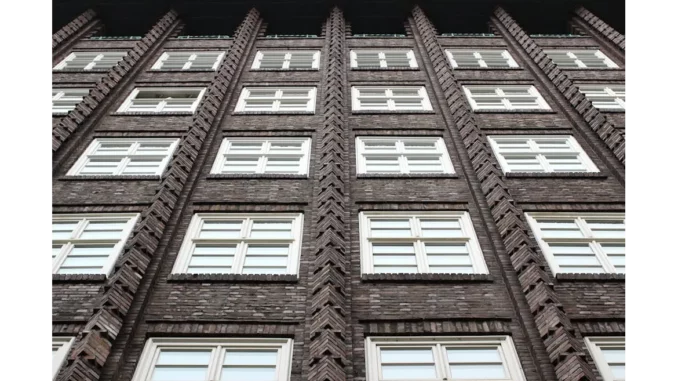
In December 2024, the construction industry witnessed a series of pivotal legal developments, spearheaded by government initiatives and updates to industry standards, which are poised to significantly impact the sector. These changes, encompassing the government’s remediation acceleration plan and the introduction of a new fire safety code of practice, underscore a transformative shift towards increased safety, accountability, and regulatory compliance within the industry. The forthcoming modifications are set to redefine the construction landscape, prompting industry stakeholders to adapt swiftly to these evolving demands.
Focus360 Energy: property compliance services – pre-planning to post-construction. Learn more.
Foremost among the recent initiatives is the UK government’s remediation acceleration plan, a broad-based strategy designed to tackle the pervasive issue of unsafe cladding on high-rise buildings. This plan is centred around three principal objectives: expediting the remediation of high-risk buildings (HRBs), ensuring the identification of all buildings with unsafe cladding, and providing enhanced support for residents and leaseholders. The government has set ambitious targets, aiming to remediate all buildings over 18 metres with unsafe cladding by the end of 2029 through a government-funded scheme. For buildings over 11 metres, remediation or a completion date must be confirmed, or they will face stringent penalties for non-compliance. A legal obligation will be imposed on landlords to address unsafe cladding, with regulatory bodies empowered to enforce these requirements robustly. These measures reflect a strong governmental commitment to improving building safety and safeguarding residents against the hazards associated with unsafe cladding. Industry players must now align with these new regulations and timelines to ensure compliance and contribute to a safer built environment.
Complementing the remediation efforts is the introduction of the updated fire safety code of practice, BS 9991:2024, released by the British Standards Institution (BSI). This revision replaces the previous 2015 version, offering comprehensive guidance on fire safety in the design, management, and use of residential buildings. A key focus is on ensuring adequate life safety standards in the event of a fire. The updated standard extends its scope to include residential care homes and incorporates enhanced guidance on evacuation lifts and sprinkler systems. Moreover, it aligns with UK regulations such as Approved Document B in England and Wales, Technical Handbook 2 in Scotland, and Technical Booklet E in Northern Ireland. The adoption of BS 9991:2024 underscores the necessity of best practices in fire safety, ensuring residential buildings are well-equipped to protect occupants during emergencies. Construction professionals must acquaint themselves with these updated guidelines to guarantee compliance and improve the safety of residential projects.
Another significant development is the proposed Building Safety Levy, scheduled for implementation in autumn 2025. This levy will apply to all new residential buildings requiring building control approval, aiming to generate £3.4 billion over a minimum of ten years. Collected by local authorities on behalf of the central government, the funds will be directed towards supporting ongoing remediation efforts and bolstering building safety nationwide. The introduction of this levy underscores the government’s unwavering focus on prioritising building safety and ensuring sufficient resources are allocated to address safety concerns. It places a clear onus on the construction industry to uphold rigorous safety standards and contribute to a safer and more resilient built environment.
In sum, the legal developments introduced in December 2024 highlight a concerted effort by the government and industry bodies to enhance safety, accountability, and compliance within the construction sector. As these initiatives begin to take effect, construction professionals must remain informed and proactive in adapting to new regulations and standards. By doing so, they can play a pivotal role in fostering a safer, more resilient built environment, ultimately benefiting all stakeholders involved. The emphasis on remediation, fire safety, and financial levies demonstrates a comprehensive approach to addressing the multifaceted challenges facing the construction industry today. As the sector navigates these changes, the commitment to safeguarding lives and ensuring the structural integrity of buildings will remain paramount, driving the industry towards a future defined by excellence in safety and compliance.


Be the first to comment